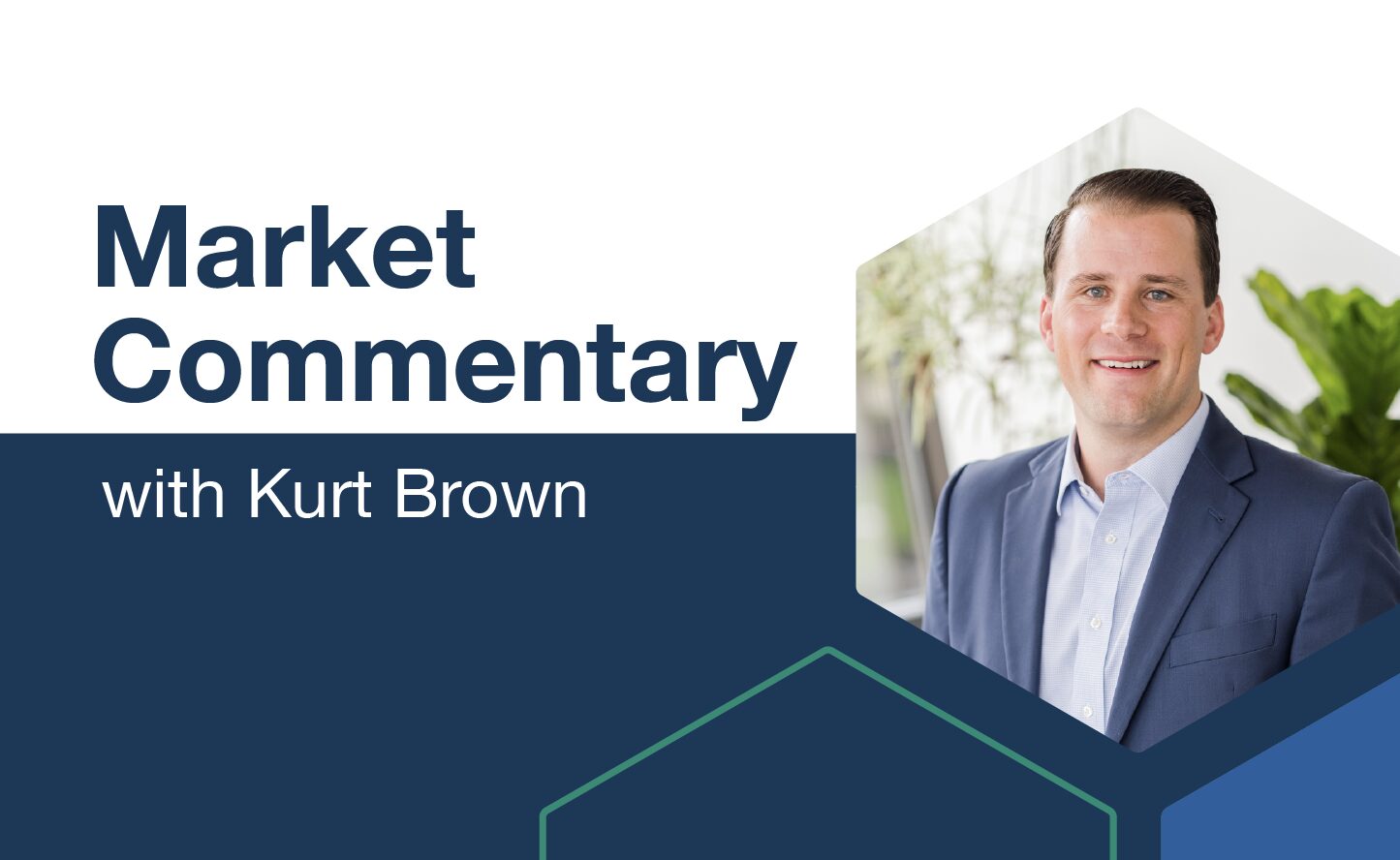On Interest Rates
An interest rate is a percentage assigned by the lender and charged to the borrower. A simple Google search of “interest rates” mostly returns information on current mortgage rates. For many people – based on Google search results – mortgage rates are the first thought when it comes to interest rates. What we want to discuss, however, has very little to do with mortgage rates.
Much of the news this year, and many of the top stories from Google search, have been about the Federal Reserve. At their upcoming March 15-16 meeting, the Fed is expected to raise interest rates. We will attempt to explain what this means, why it’s important, and what the intended effects are on the economy and the stock market.
What is the Federal Reserve Bank (the Fed)?
The Federal Reserve is the central bank in the United States. Its main responsibilities include managing the nation’s money supply and setting interest rates in a manner that helps create an economy where people who want to work can work, and price levels of goods are stable. The Fed uses monetary policy to try to keep unemployment low and inflation at a steady ~2% per year. As we’ve become all too familiar with from the daily news cycle, inflation is far above the target, nearing an 8% year-over-year increase.
What interest rate does the Fed control?
The Federal Open Market Committee (the branch of the Fed that controls monetary policy) sets the target interest rate for overnight borrowing and lending between commercial banks. Banks are required to have a certain amount of dollars in their accounts at the end of each day. After deposits and withdrawals and loans issued and repaid, banks may be left with a shortfall of the requirement or excess. In the case of a shortfall, they need to borrow money to meet the cash reserve requirements at the interest rate established by the Federal Open Market Committee.
Monetary Policy
From Investopedia, Monetary policy is a set of tools that the Federal Reserve has available to promote sustainable economic growth, including control of the overall supply of money that is available to the nation’s banks, its consumers, and its businesses. These policies can either be described as expansionary or contractionary. One of the most effective ways for the Fed to enact either one of these policies is to make a change to interest rates.
Expansionary policy implies money is easier to come by. It encourages spending and economic growth, usually by lowering the bank-to-bank interest rates set by the Fed. Looking back at the Great Recession or the start of the Covid Pandemic – amidst a sliding economy, fear running rampant, and unemployment getting worse by the day – the Fed made the decision to cut interest rates. This strategy can help during tough times like those because the reduction of interest rates makes savings unattractive and promotes spending. Banks are making less with their commercial lending and therefore offer less in the way of savings rates. By reducing the amount they can charge on money being lent out (lower borrowing rates for individuals and businesses) they can promote business growth.
Contractionary policy is used to slow down the growth of the money supply and curtail inflation by increasing interest rates. Opposite to the examples above, increasing interest rates makes money more expensive while offering higher savings rates. This promotes saving and discourages potential economic growth through borrowing. As the name suggests, the goal is to slowly contract the economy if it begins to overheat and inflation begins to run away.
The prime example comes from the late 70’s and early 80’s. Inflation was in the double digits, peaking at 13.5% in 1981. The Fed chairman Paul Volcker increased the federal funds rate from 11% to 20% in a matter of 2 years. Doing this effectively contracted the money supply and economy, discouraged spending, and brought inflation back down to 3.2%.
Interest Rates Today
The Fed has interest rates near 0% today. As we discussed last month in our article On Inflation, this, plus several other factors, has led to too many dollars chasing too few goods. But as the Fed begins their meeting this week, they need to be careful. The stock market has been hit by even more uncertainty with the war in Ukraine and stock prices are down. Increasing interest rates can be the most effective and quickest way to attack rising inflation, but increasing too quickly may hurt the economy more than it helps.
The Federal Open Market Committee is expected to vote to raise interest rates 0.25% this week. Their goal is to encourage more saving and to slow down consumer and business spending to allow the supply chain issues to catch up with demand. And should spending decrease and savings increase, the banks may issue fewer loans and slowly begin holding more cash in reserves, slowing the outstanding money supply.
This news has been expected for some time and is mostly priced into the current markets. However, we expect volatility to remain elevated with the war in Ukraine showing no signs of stopping, the recent factory shut-downs in China due to a Covid spike, and continued supply chain issues.
Next Step
If only there were a silver bullet to apply when managing one’s money… It turns out that there may be one, actually. Each time the stock market is affected by geopolitical events, global pandemics, inflation, interest rates, and other economic factors, we find ourselves reminding clients of our continued process of evaluating spending habits, and making sure they have an allocation to support their lifestyle over the long-term, which we define as ten or more years.
Operating with data-driven logic instead of emotion has served our clients well for over 37 years. Sometimes a look back can serve as a stark reminder of how this time might not be different after all. In March 2020, emotions were at an all-time high, yet those who stayed invested were served well by adhering to logic rather than emotion. Still have concerns? Give us a call and let’s talk about it. We are always here to have candid conversations to serve your best interests. It’s your life, let’s plan for it, together.
Please remember that past performance may not be indicative of future results. Different types of investments involve varying degrees of risk, and there can be no assurance that any specific investment, strategy, or product or any non-investment related content, made reference to directly or indirectly in this newsletter, will be suitable for your individual situation, or prove successful. This material is distributed by PDS Planning, Inc. and is for information purposes only. Although information has been obtained from and is based upon sources PDS Planning believes to be reliable, we do not guarantee its accuracy. It is provided with the understanding that no fiduciary relationship exists because of this report. Opinions expressed in this report are not necessarily the opinions of PDS Planning and are subject to change without notice. PDS Planning assumes no liability for the interpretation or use of this report. Consultation with a qualified investment advisor is recommended prior to executing any investment strategy. No portion of this publication should be construed as legal or accounting advice. If you are a client of PDS Planning, please remember to contact PDS Planning, Inc., in writing, if there are any changes in your personal/financial situation or investment objectives. All rights reserved.




